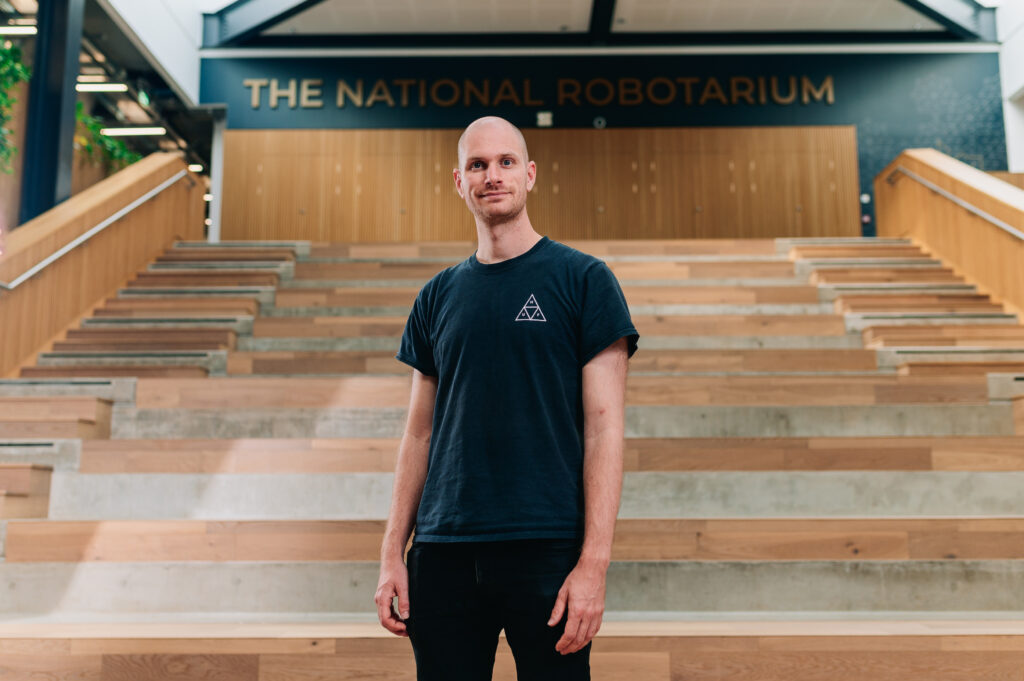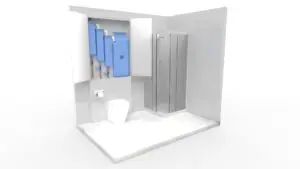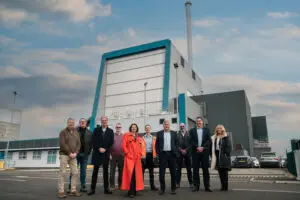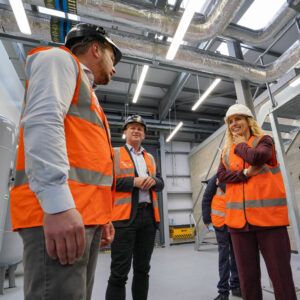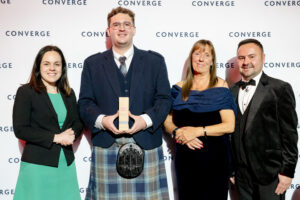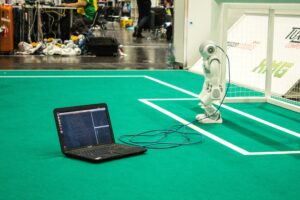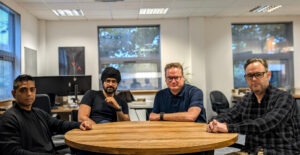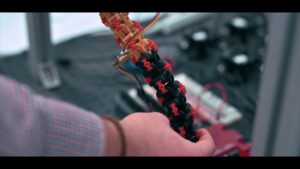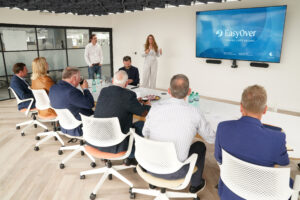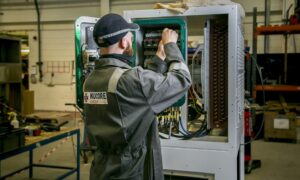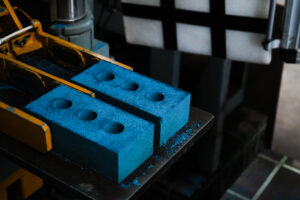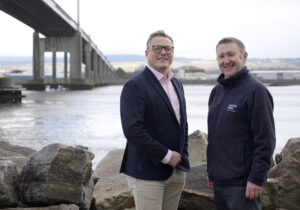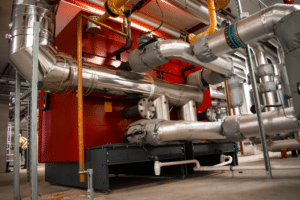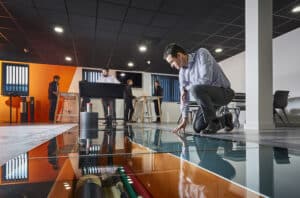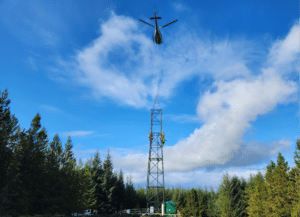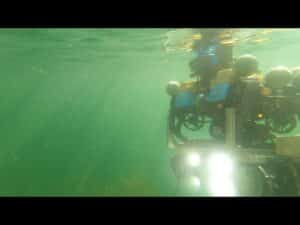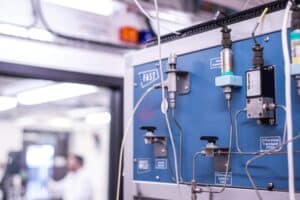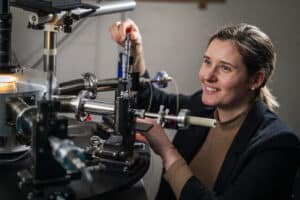Edinburgh-based Frontier Robotics has reached a significant milestone by making its first commercial sale with the Offshore Renewable Energy (ORE) Catapult, the UK’s leading technology innovation centre for offshore renewables.
Frontier Robotics, based in the National Robotarium, the UK’s centre for robotics and AI at Heriot-Watt University, has developed advanced visual sensing and autonomy technology for subsea robots which will now be deployed at several sites including ORE Catapult’s new simulation platform VDARE (Virtual Demonstration and Assessment for Robotic Environments) at its DARE (Digital, Autonomous and Robotics Engineering) Centre in Blyth.
The company’s state-of-the-art camera can be mounted onto a remotely operated vehicle (ROV) to take true to life imagery of offshore assets such as wind turbines, and floating offshore wind platforms. These images are then incorporated into ORE Catapult’s VDARE simulation to create virtually ‘real’ assets.
The unpredictable nature of the world’s oceans makes the inspection and maintenance of offshore assets challenging, with visibility in murky waters a particular obstacle. By leveraging advanced sensor fusion techniques with edge computing, Frontier Robotics’ system offers enhanced visual clarity, robust and reliable positioning and 3D mapping through Simultaneous Localisation And Mapping (SLAM) technology.
SLAM enables ROVs to create comprehensive 3D maps of their surroundings while simultaneously tracking their own position within those environments, providing the foundations for automated and autonomous operations.
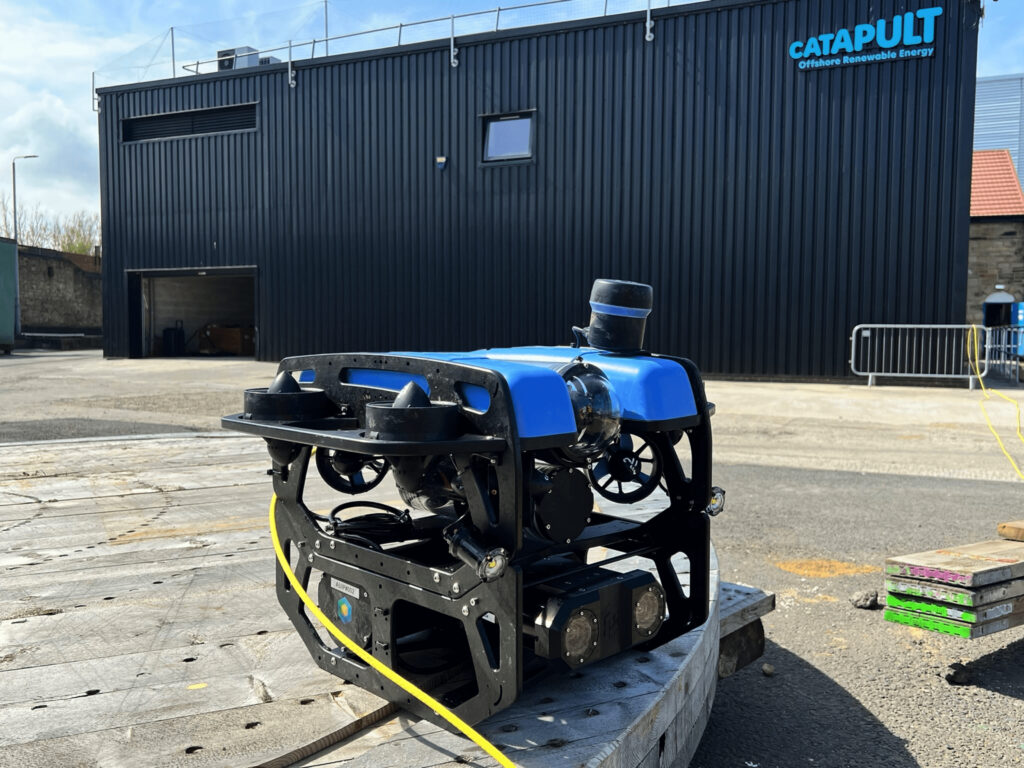
The new technology addresses critical challenges for the UK’s offshore wind sector, where more than 2,600 turbines across 43 wind farms require up to three maintenance checks annually. These operations can account for up to 20% of total offshore wind emissions through vessel operations and helicopter transfers. Improved monitoring will enable operators to make faster, better-informed decisions about maintenance operations, reducing both costs and carbon footprint.
Jonatan Scharff Willners, CEO of Frontier Robotics, said:
“Offshore renewable asset inspection is a very challenging and hazardous task in the energy sector. With the UK’s ambitious offshore expansion plans, innovative systems that enhance safety and efficiency aren’t just beneficial – they’re essential.
“This sale to ORE Catapult is really important and helps demonstrate the value of our technology to the market. We’re grateful to the National Robotarium for their support. Being based there, we have access to world-class facilities and exceptional engineering talent and that has accelerated our development timeline.
“Our vision is to become the default autonomy provider for underwater inspections globally, transforming how the industry approaches maintenance and monitoring, and this sale is a major milestone in our journey to delivering that vision.”
Ken Chan, Robotics Operation Lead at ORE Catapult, said:
“Our VDARE simulation platform has been created to accurately represent real world offshore assets and environments, with data integrated into our simulations that respond in real time.
“We have conducted underwater trials using robotics systems to map subsea environments, and have imported data mapping seabed structures, water clarity, temperature and salt levels to create interactive 3D scenes built on accurate, real-world measurements.
“Our mission is to de-risk offshore robotics and accelerate development timelines through affordable, modular, and scalable test environments, and the technology we are now using from Frontier Robotics is supporting us to do that.”
Lisa Farrell, Business Development Manager at the National Robotarium, said:
“Seeing Frontier Robotics develop from incorporation to now securing its first sale demonstrates what’s possible when we properly support innovation in Scotland’s high-growth sectors. Its success creates benefits that extend far beyond one company – strengthening our robotics ecosystem while helping critical industries like offshore energy operate more sustainably.
“This is exactly why the National Robotarium exists – to help promising technologies move from concept to commercial reality. We create an environment where talented innovators can access specialised resources rarely found in one location.”
To support its growth trajectory, Frontier Robotics has strengthened its leadership with the appointment of an expert advisory board. Simon Reeve, former Director of Innovation at the Alan Turing Institute and VP of Technology and Innovation at Lloyd’s Register, will chair the board.
He is joined by Mary Jane Brouwers, a highly regarded leader in the Scottish investment ecosystem with over 20 years of experience in early-stage equity investments. The board is completed by Professor Yvan Petillot, a renowned expert in robotics and autonomous systems at Heriot-Watt University, co-founder and ex CTO of SeeByte, and academic co-lead at the National Robotarium.
In addition to their commercial success, Frontier Robotics has bolstered its already impressive funding track record with two new funding grants. The first, from Scottish Enterprise, has seen the firm assess the development of photorealistic, 3D interactive models to significantly decrease the processing time of more commonly used photogrammetry techniques.
The second grant is from the AI Safety Institute for a project the company is working on with partners including King’s College London, and SeaBot Maritime. This project will build and test a training and competence framework to assure the safe and responsible use of AI and autonomy in marine environments and provide a mechanism for the maritime workforce to upskill and adopt the use of the technology as AI advances within the sector.

